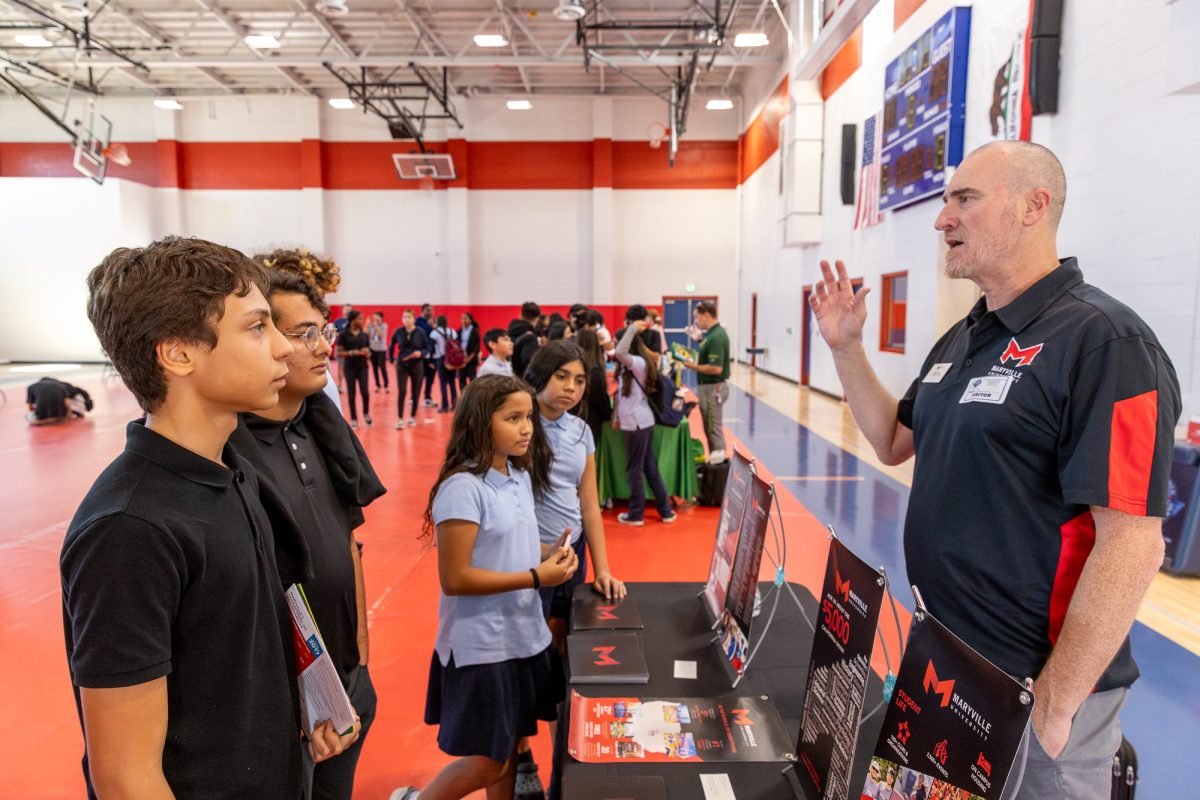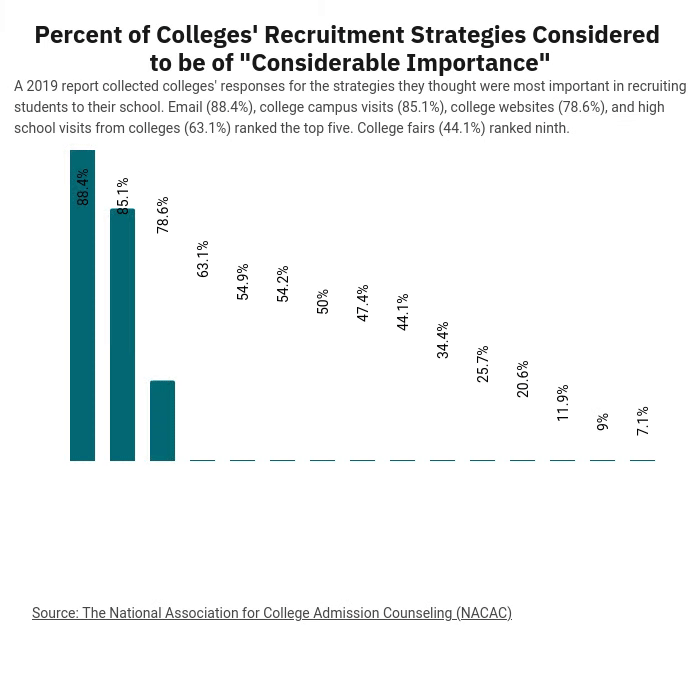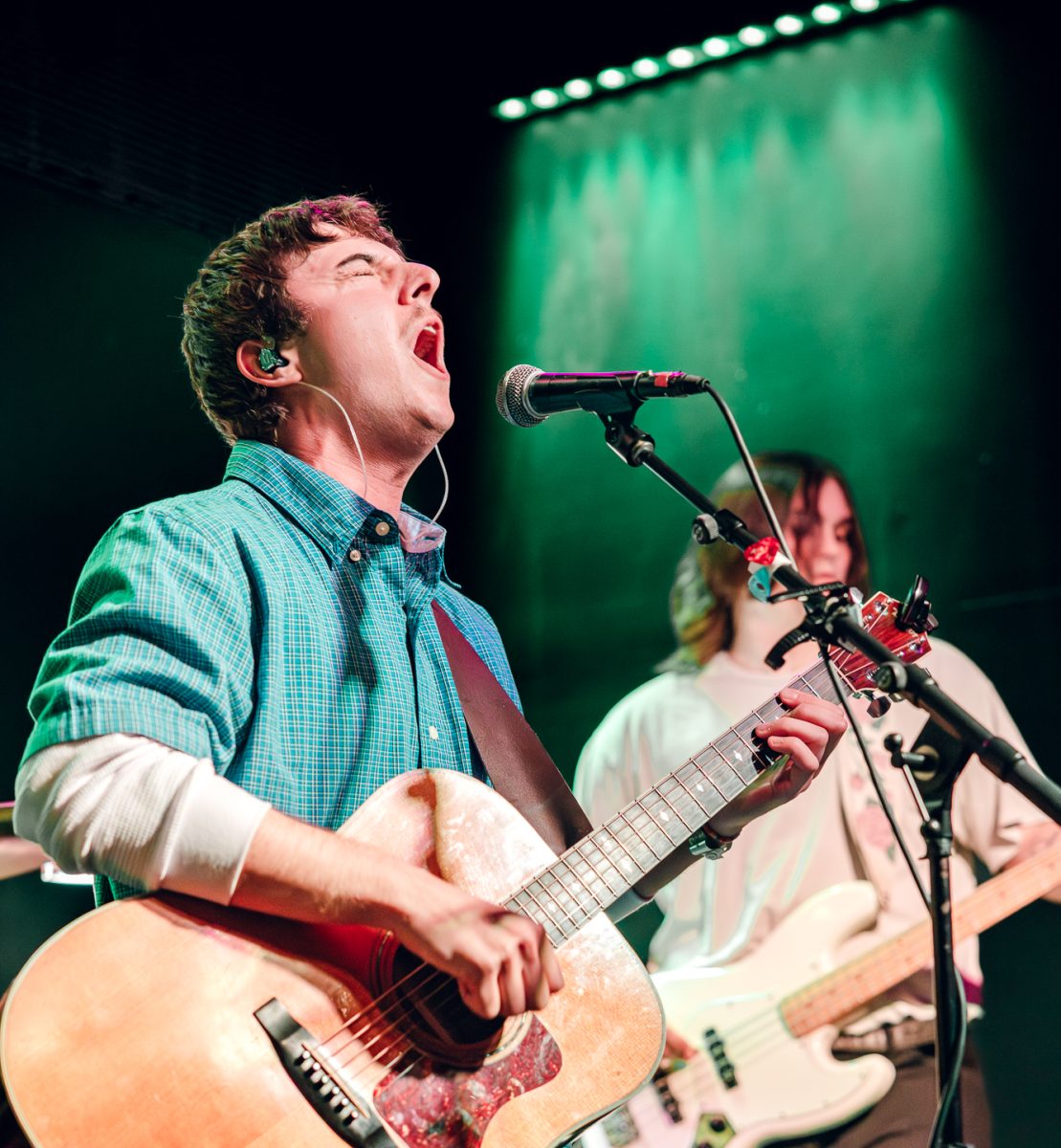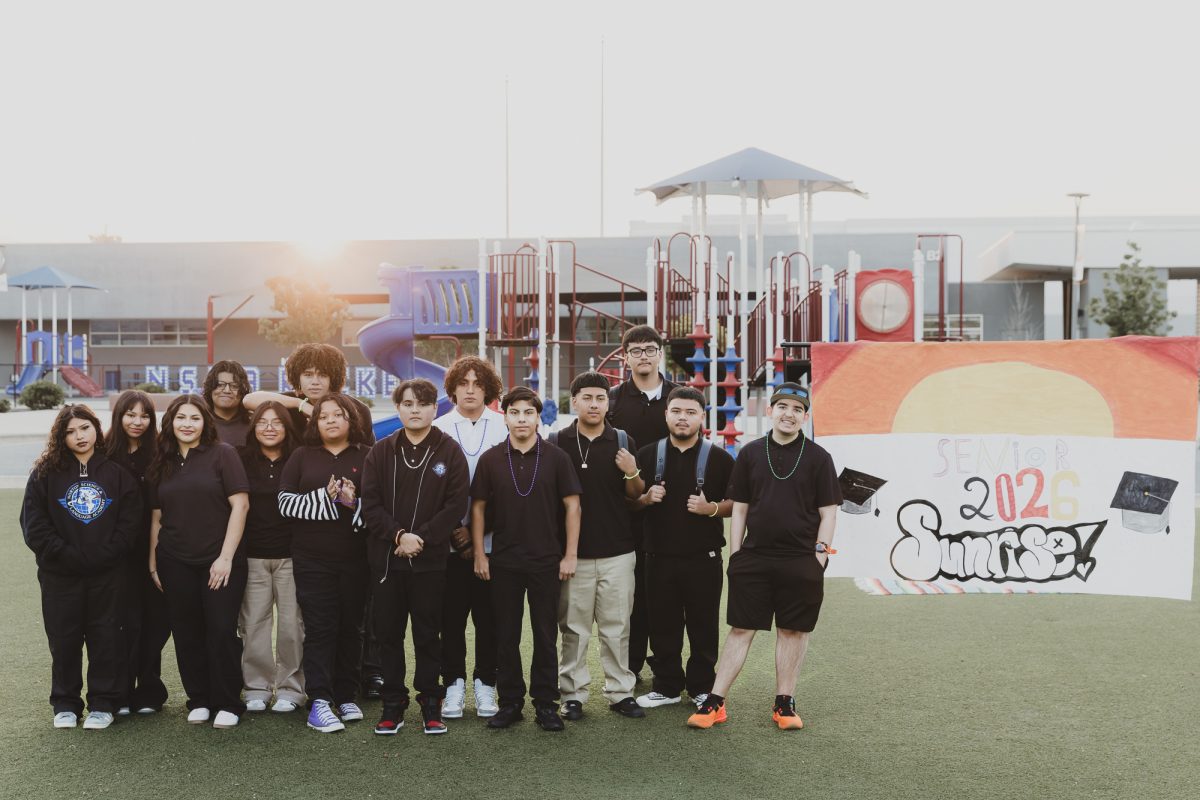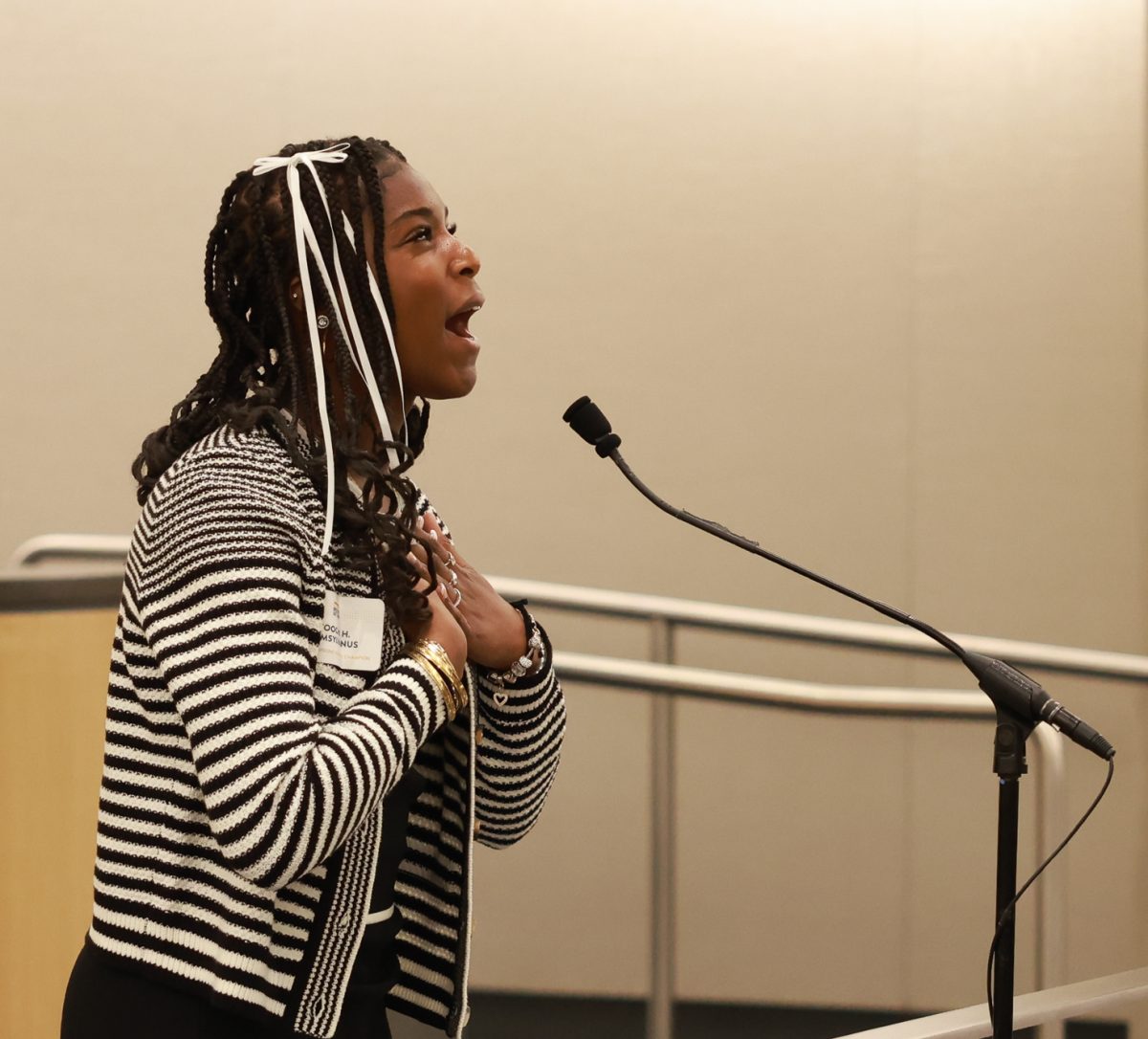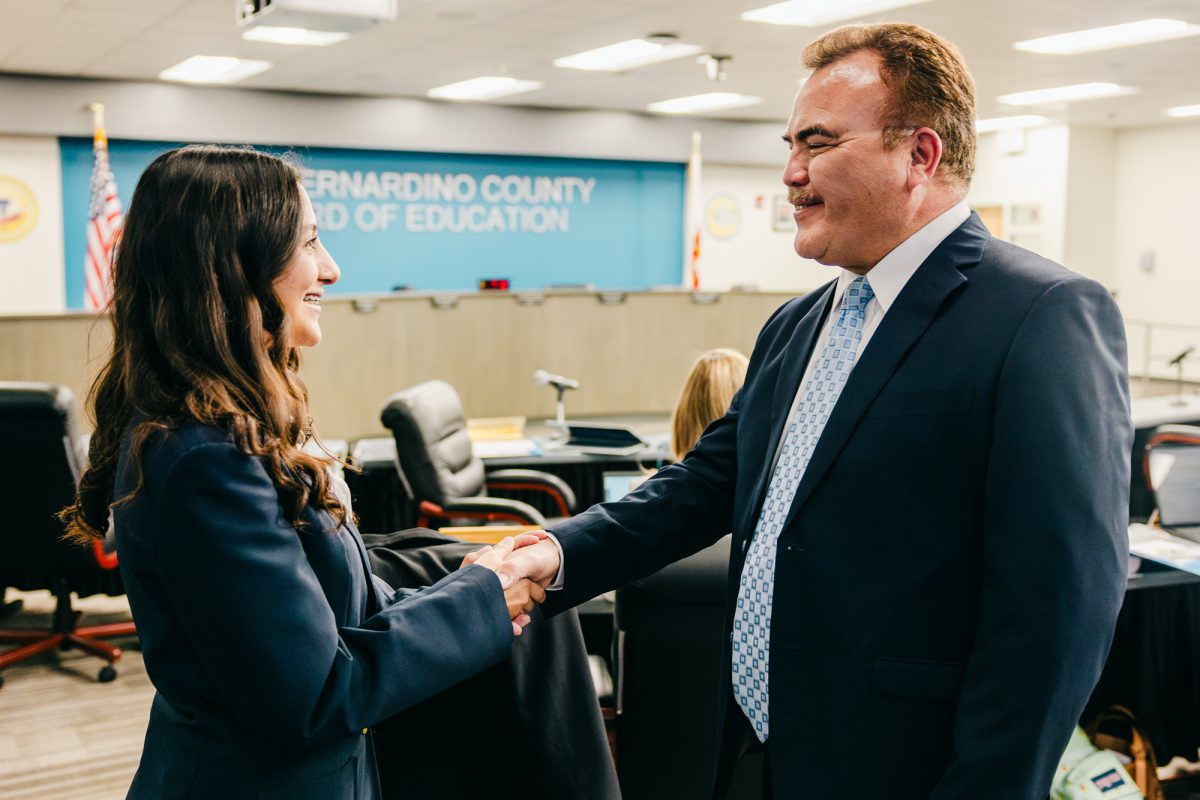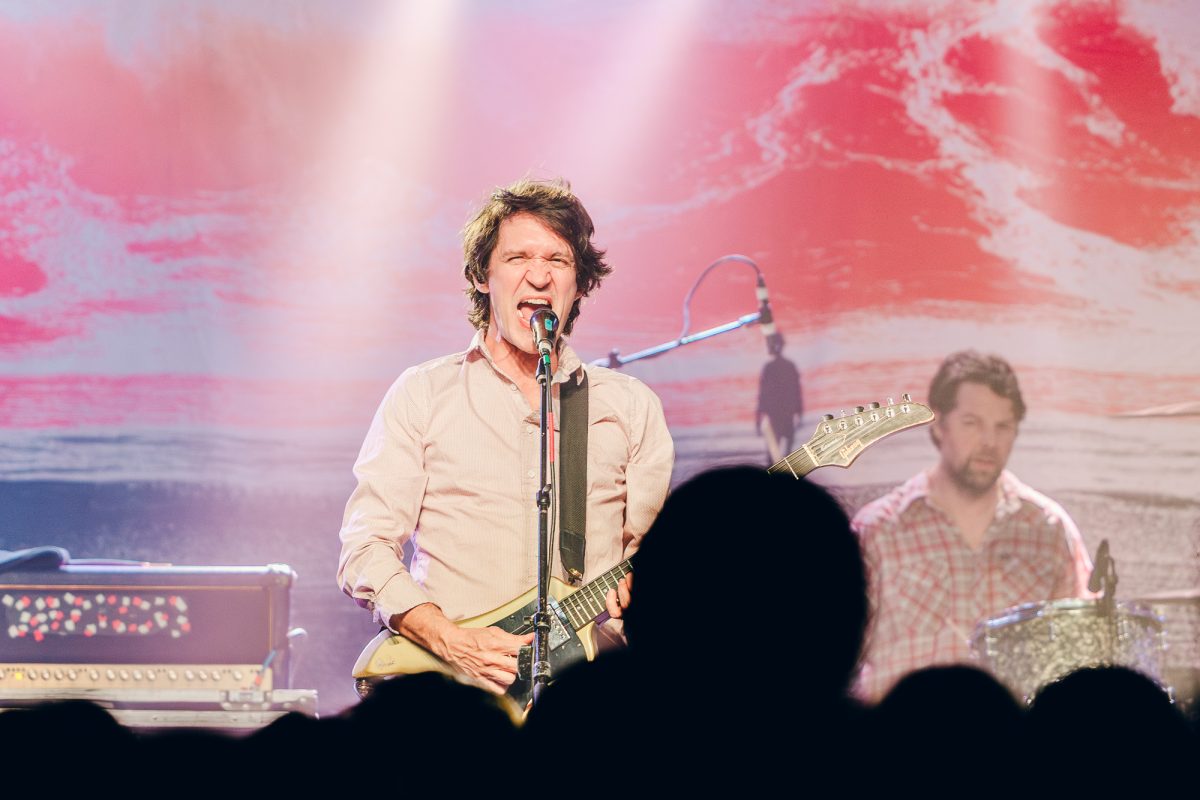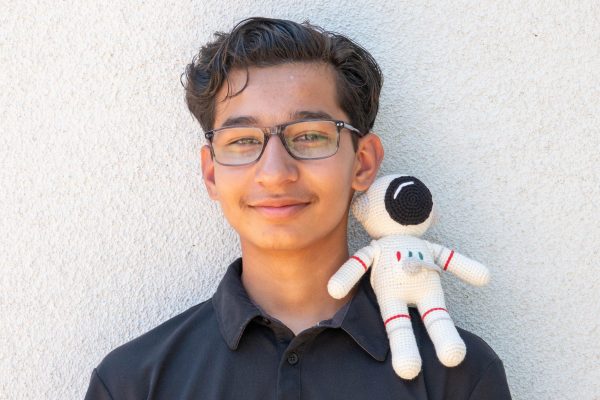On Thursday, Oct. 3, Norton hosted its fall college fair for middle and high school students during lunch and homeroom in the gym. Five colleges managed booths–Hawaiʻi Pacific University, Northern Arizona University, Oklahoma State University, Maryville University, and University of Oregon–answering students’ eager questions about sports, programs of study, and financial aid.
“College fairs like this help get our students to open up their eyes to opportunities, not just locally, but nationally,” Arthur Aragon, Norton’s academic counselor, said. “It’s great to get our students exposure to schools that are not local, so that way they can broaden their horizons.”
Yet some question the value of in-person college fairs like Norton’s when there is so much information available online to assist students in their college search. Others emphasize the priceless value of an on-campus tour, even if it does not increase students’ chances of college acceptance.
Those claims are not unfounded. In a 2019 report, the National Association for College Admission Counseling (NACAC) found that colleges only ranked college fairs the ninth most impactful out of 15 strategies for recruiting students. Specifically, email (88.4%), college campus visits (85.1%), college websites (78.6%), and high school visits from colleges (63.1%) swept the top five; college fairs (44.1%) trailed behind.
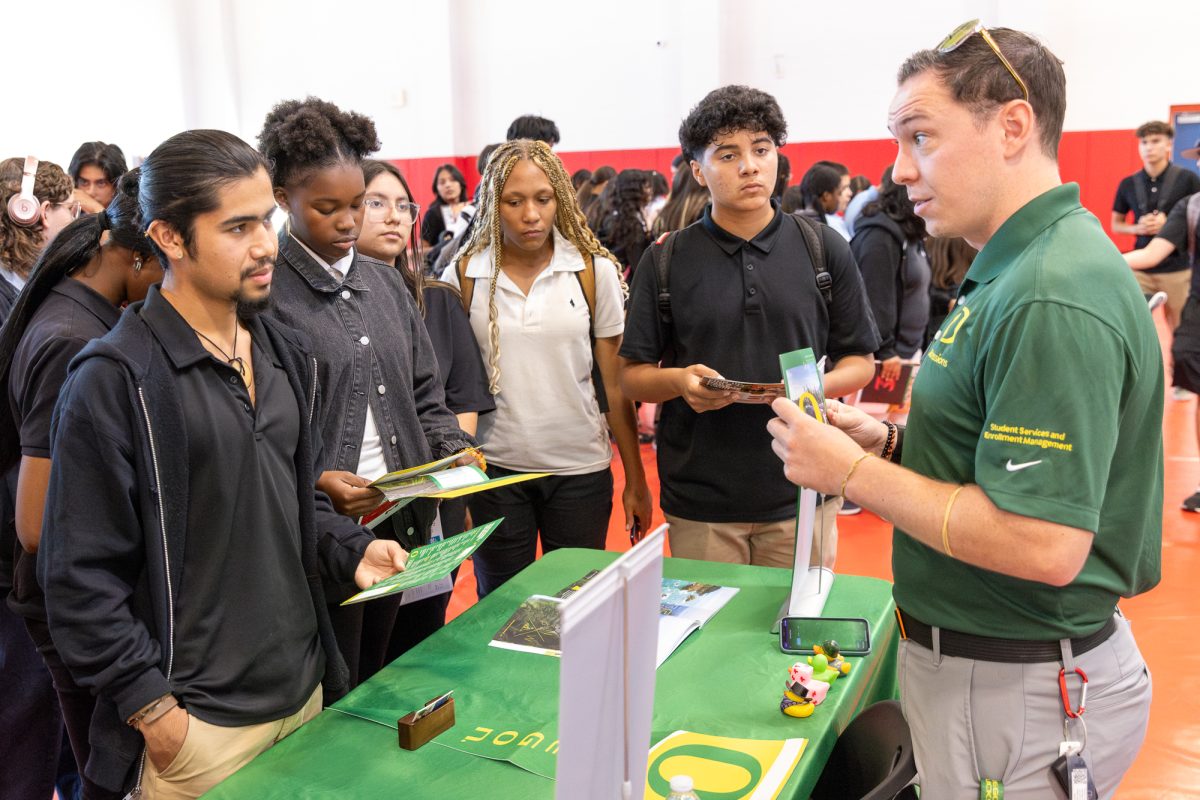
Senior Edmond Ramirez (‘25) agreed that tours provide something invaluable.
“If I can, I would like to get a tour of my top colleges,” Ramirez (‘25) said. “I feel that tours are something more people need. They need to actually see the thing in person to feel well-informed about it.”
Still, in-person, on-campus college fairs like Norton’s do make some difference, especially for low-income students. For example, a 2006 study from the University of Southern California’s Center for Higher Education Policy Analysis recommends in-person college fairs as a way to foster a school-wide environment of high academic expectations for all students, regardless of socioeconomic background, and help connect students with important financial aid information.
“I have looked at college information online, but I found it more simple and informative to ask them directly,” Ramirez (‘25) said. “There were some questions I wanted to ask directly that I frankly didn’t really get to see in some of the websites.”
Many students expressed similar excitement about talking to college representatives in person instead of exploring college websites alone, and, after perusing college’s booths, picked their favorites, learning as much as they could about their desired academic programs and extracurricular activities.
“It was truly inspiring to see so many colleges come to our school,” Associated Student Body President Fernanda Hernandez (‘27) said. “I liked Hawaiʻi Pacific University the most because I learned they have the biology major I was looking for, and they just built a research lab.”
“Oklahoma State will offer me a pre-health program,” sophomore Aaliyah Boddie (‘27) said, “And they have a lot of sports over there, too, like soccer, cross country, track and field, and volleyball.”
“University of Oregon was my favorite,” Ramirez (‘25) said, “It seemed very affordable. It also leans into the engineering I’m looking for, and, if I’m looking to do any creative writing or journalism, they have many programs for those too.”
Despite the benefits, though, students wanted more out of the fair, hoping that future college events may meet some of their requests.
“I am kind of upset they didn’t include some of the other colleges and universities I was interested in, like Oregon State. And it would be cool if they did introduce the more well-known colleges in California that people have heard about,” Ramirez (‘25) said. “I also feel like they should include a little bit more about the financial aid. I feel more comfortable if I’m financially stable before I start chasing my dreams. My motto is to first, get the money, and, sure, that might mean doing something I don’t enjoy for a couple years, but, in the long-term, it means I can chase my dreams.”


